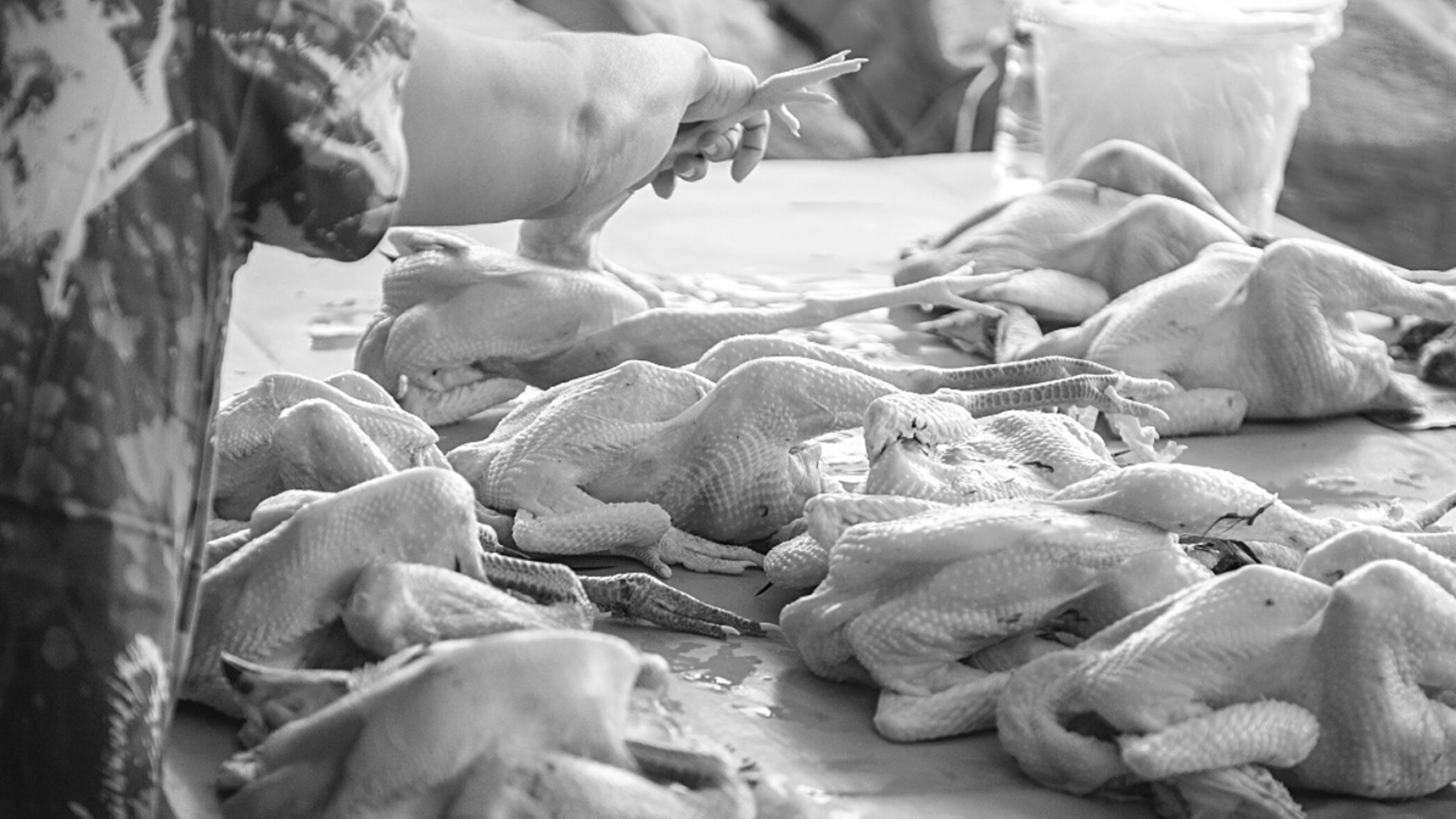The National Programme for Enhancing Economic Development (Tanfeedh) — the Sultanate’s signature initiative for sustaining economic growth amid the ongoing global downturn — has come in for praise from the International Monetary Fund (IMF).
The Executive Board of the specialised UN agency, which had concluded Article IV consultations with Oman last month, noted the Tanfeedh programme’s contribution to the Sultanate’s national developmental objectives.
“(The) Directors commended the ongoing implementation of the Tanfeedh Programme with a focus on economic diversification and job creation,” said the Washington DC-headquartered multilateral institution in a summary of its discussions with Oman’s authorities.
Under Article IV of the IMF’s Articles of Agreement, the IMF holds bilateral discussions with members, usually every year. A staff team visits the country, collects economic and financial information, and discusses with officials the country’s economic developments and policies.
While lauding the Tanfeedh initiative, the Executive Board nevertheless called for “further reforms to address labour market rigidities including by better aligning public sector compensation with that of the private sector and by addressing skills mismatches through higher quality education and training”. The Board “also encouraged further SME development including through better access to finance, to raise productivity”.
Initially unveiled in 2016, the Tanfeedh programme is a government initiative that links the strategies of vital business sectors, such as Manufacturing, Tourism, Transport & Logistics, Energy, Mining, Fisheries, Financial Services, and Labour, with each other with the aim of diversifying national income resources. A series of ‘labs’ focusing on each of these sectors have generated a substantial portfolio of projects and initiatives that are currently in various stages of implementation and operation. The Implementation Support and Follow-up Unit (ISFU), set up under the auspices of the Diwan of Royal Court, is tracking the speedy delivery of these projects.
The IMF Executive Board also noted Oman’s policy efforts since the 2014 oil price shock which, it said, have aimed at strengthening the fiscal position, enhancing private sector-led growth and employment, and encouraging diversification. “Economic activity started to recover last year, and the overall fiscal and current account deficits improved somewhat, reflecting mainly higher oil prices,” it stated.
The report noted in particular growth in real non-oil GDP in 2018 – an uptrend that reflected “higher confidence” driven by the rebound in oil prices. “Non-hydrocarbon growth is projected to increase gradually over the medium term, reaching about 4 per cent, assuming efforts to diversify the economy continue,” it said, noting that an uptick in oil and gas production had also boosted hydrocarbon GDP growth in 2018.
Oman’s overall fiscal balance had also improved last year, according to the report. “The fiscal deficit is estimated to have declined to about 9 per cent of GDP from 13.9 per cent of GDP in 2017, reflecting higher oil revenues. However, gross government debt increased by 7 per cent of GDP last year (to 53.5 per cent of GDP),” it noted however.
Also accentuating the brightening economic picture for Oman was the “substantial pickup in exports, primarily hydrocarbons”, said the IMF. This growth, combined with an estimated decline in imports, “helped reduce the current account deficit by about 10½ percentage points of GDP (to 4.7 per cent of GDP)”, the report said.
Source: Oman Observer
Read the full report from IMF here.



